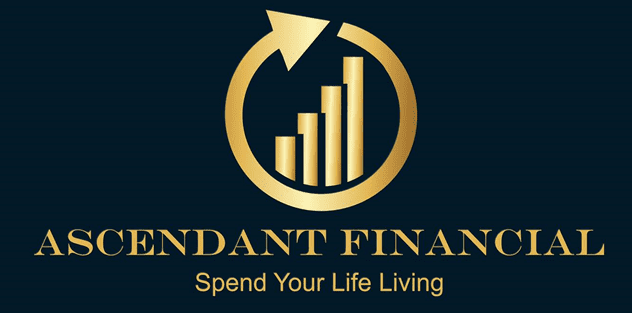Open Q&A & Client Engagement
What We Covered in This Session
- Clarified repayment options for policy loans:
Interest is calculated daily but only charged on the policy anniversary. Payments are automatically applied to principal. - Explained how to direct payments to your life insurance provider:
Use clear instructions in the subject and body of your communication (e.g., “Loan Repayment for Policy #123”). - Discussed when to use the Premium Deposit Fund:
Only after paying your full premium and repaying policy loans. - Explored how to fund a policy using resources like RRSPs (Registered Retirement Savings Plans).
- Explained policy sustainability:
Premiums must be paid either from external income or internal cash values. - Differentiated between insurance and investments:
Whole life insurance is a tool, not an investment. - Reframed the mindset around premium payments. Aim to keep paying, not stop.
Why This Is Important
- Misunderstanding how repayments or premiums work can lead to costly errors.
- Strategic use of available funds (e.g., RRSPs, CPP, or OAS) can make your policy sustainable long-term.
- The language and mindset you use around money directly influence the way you use your policy.
Psychological Insight
Most people are conditioned to stop funding at retirement. But Infinite Banking requires a shift.
Keep thinking like a banker. Stay in control by consistently capitalizing your system.
Avoid letting past financial habits or age-based fears derail your opportunity for growth.
.
What You Can Do Now
- Re-read page 85 of Nelson Nash’s book (as referenced).
- Watch Episode 100 of the Wealth On Main Street podcast (visual version recommended).
- Speak with your coach to explore how to fund your policy sustainably, even from limited or fixed income sources.
Final Thought
Your age, income, or retirement status doesn’t disqualify you. It’s about creating a system that works now and into the future.
The question isn’t “when should I stop?” but rather:
“How can I keep going, wisely and sustainably?”
